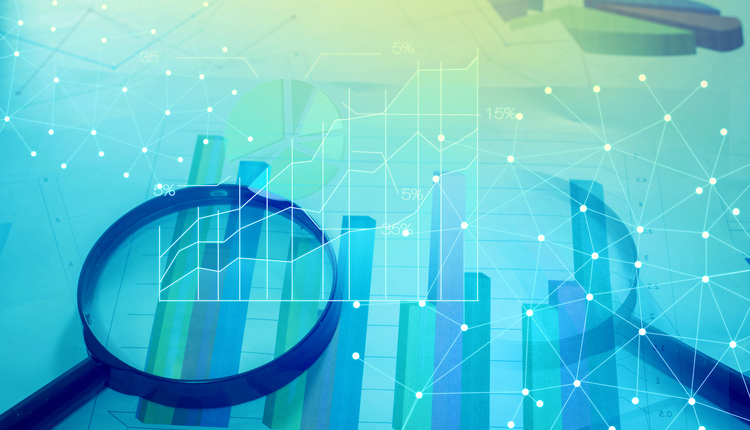Has Netflix suggested a movie or TV show that perfectly matches your tastes? Have you ever purchased an item from Amazon under the category, “Customers who bought this item also bought?”
These companies are using data — big data, actually — to suggest items for purchase based on massive amounts of information they have on your buying habits, and the habits of others with similar tastes.
What Is Big Data?
Big data is technically defined as the storage and processing of data sets too large and complex for traditional data processing applications. The term “big data” often refers to a combination of three components:
·Big data: large and complex data sets, and the technology that allows processing against that data
·Data science: the discipline of extracting knowledge from data
·Business intelligence: actionable intelligence that closes the loop and makes data usable for decision-makers
Why Big Data Matters
Data collection is growing at a break-neck pace. In fact, more data has been generated in the last two years than in the entire previous history of the human race.
Just as assembly lines and steam engines mattered during the industrial revolution, big data matters today in order for companies to stay ahead and exercise better decision-making. It’s an information revolution that provides intelligence, which empowers innovation, efficiency, and robust and responsive business processes.
Remaining relevant and competitive requires businesses to care about big data. It’s generally believed companies that embrace big data outperform better those that don’t. Google is a prime example of a company that had the right data, expertise and data-driven culture to thrive.
Big Data in Action
To understand how big data works, consider the business spending approximately $2.8 million a year in small parcel shipping with a major carrier. The company wanted to know if there were operational efficiencies that could be achieved and save money.
The first step was capturing and parsing the company’s shipping data. One year of invoice, transit and tracking data was assessed. In total, more than 306,000 packages and 1.2 million shipping charges were examined, translating to more than 350 million data points for just one year of the shipper’s data.
Using a machine learning algorithm, a model was created to predict the actual time in transit of a package based on when it was shipped, its origin and destination, and the service type selected. The model generated shipping rules that identified when the shipper could use a cheaper service and achieve the same delivery time.
The model revealed the company could switch service types on approximately 62,000 packages and save an average of $4 a package. This change resulted in an annual cost saving of nearly $260,000 for the business, with no change to on-time delivery rates.
Big Data's Benefit
This is just one example of how dollars are in the data for parcel shippers. By collecting and analyzing shipping data, businesses can minimize waste, save costs on carrier contracts and have a data-driven supply chain management system.
Big data can also provide a big revenue boost. Analyzing the data can spotlight trends, pinpoint your most profitable areas and products, and even reveal new products and revenue streams.
Don’t Get Left Behind
The days of trusting your gut are over when it comes to your company’s parcel spend and shipping profile. It’s important to know what your shipping data is telling you so you don’t leave money on the table.
It isn’t just the world’s largest companies that are hiring vendors to take on big data initiatives. Your competition already is or soon will be using big data to capture more market share. Companies that commit to leveraging data and to creating a data-driven culture will have knowledge of their business and market that competitors lack.
What’s your shipping data telling you?
Travis Rhoades is former director of data science at Sifted (formerly VeriShip). Contact Sifted for more information about the company’s unique 3D approach to parcel accountability.
















